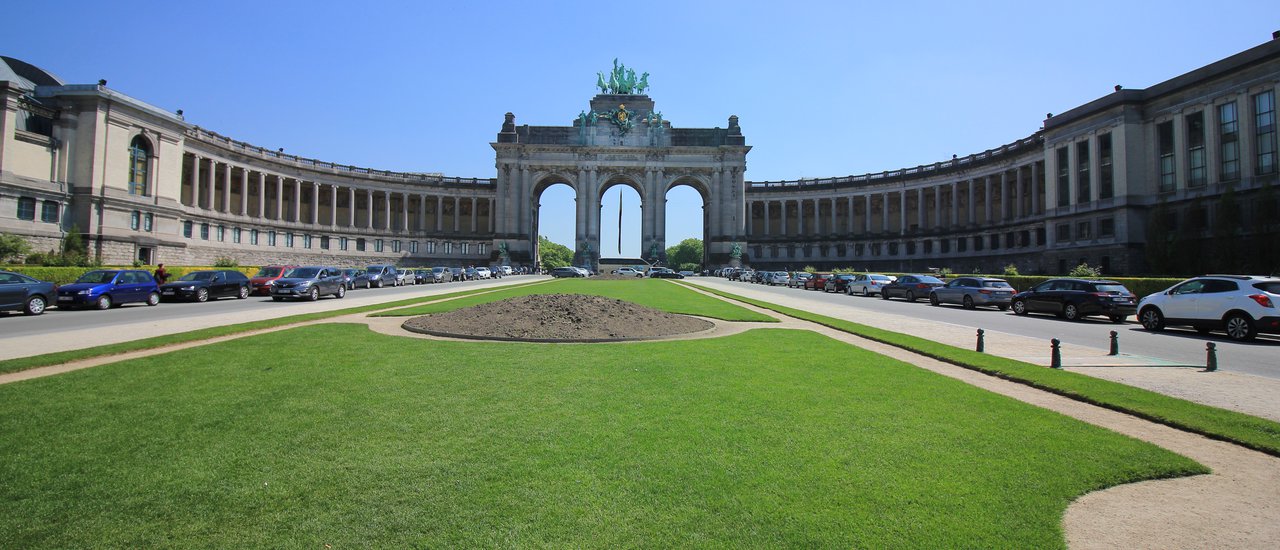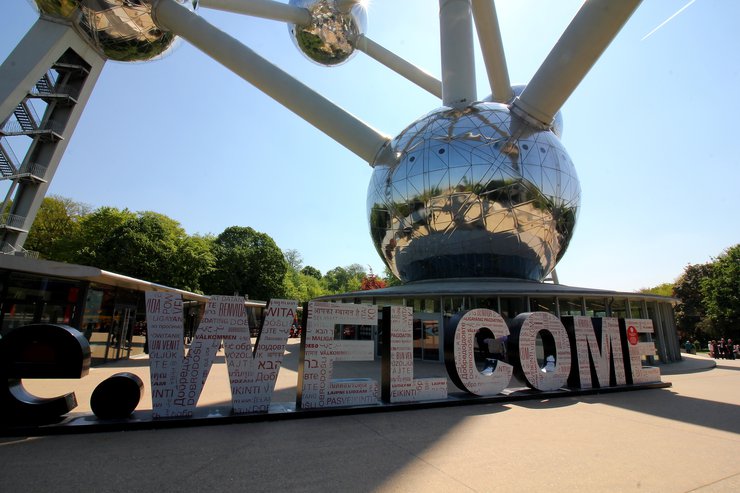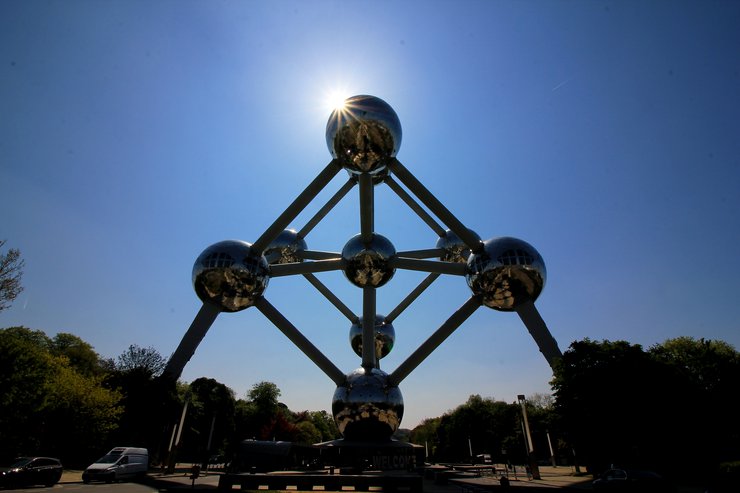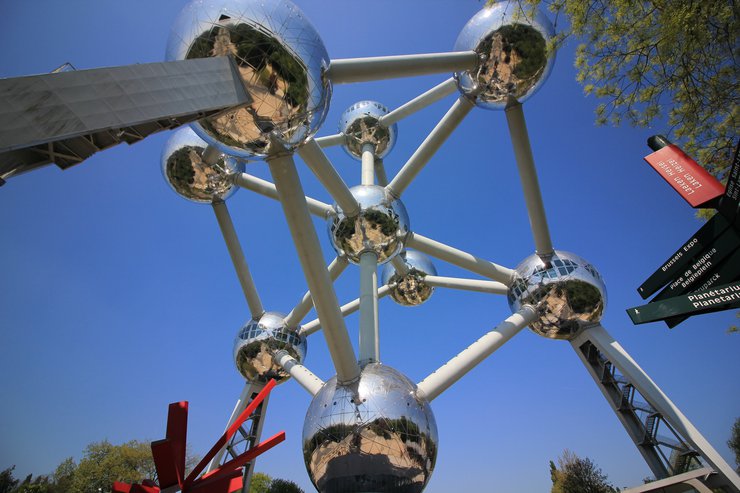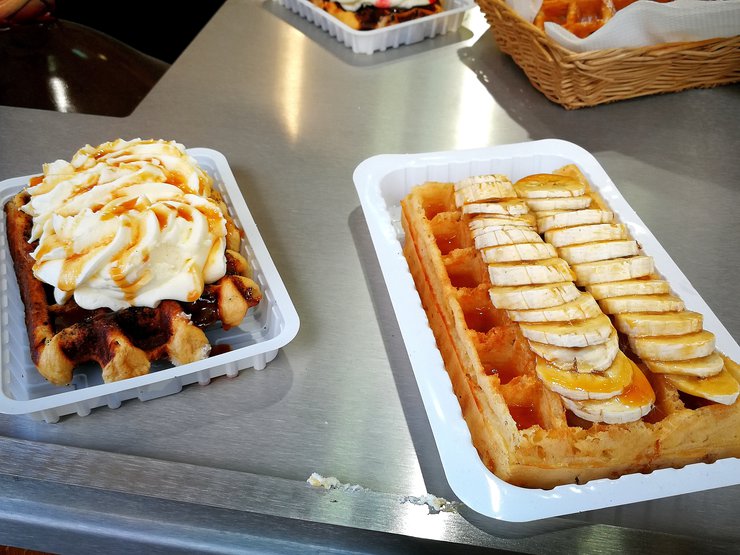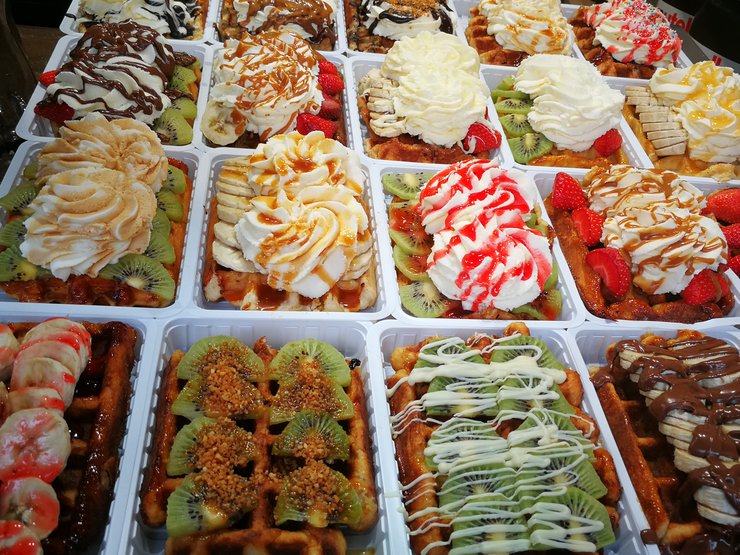Brussels is the capital of Belgium and the de facto capital of the European Union (EU). The Brussels-Capital Region has a population of approximately 140,000, resulting in a population density of 4,400 people per square kilometer. The Brussels metropolitan area, however, has a total population of nearly 2 million, making it a major city.
Brussels, the capital of Belgium, is an ideal city for relaxation, learning, and experiencing Western civilization and the architectural beauty of Europe. Its strategic location bordering the Netherlands, France, Germany, and Luxembourg makes it home to numerous important international organizations. Two key institutions of the European Union, the European Commission and the Council of the European Union, have their headquarters in Brussels. Additionally, Brussels is the seat of NATO. This confluence of international organizations has led to the establishment of three types of embassies in Brussels: regular embassies of individual countries, embassies to the European Union, and embassies to NATO. The city's official languages are Dutch, French, and German. While French is the predominant language spoken by the majority of Brussels residents, English is widely understood and used, as I personally experienced during my visit.
I drove from Bruges to Brussels, a distance of about 100 kilometers. I got lost a few times and made a few stops along the way, but I took it easy. My first stop was the city's main attraction, the Atomium. The Atomium is a giant model of an iron crystal, and it is one of the most iconic landmarks in Belgium. It is similar to the Eiffel Tower in Paris, but it is much larger and more modern.
The Atomium: A Symbol of Post-War Technological Advancement
The Atomium, constructed in 1958, is a remarkable structure composed of nine interconnected spheres resembling a giant molecule. Standing at an impressive 108 meters tall, each sphere boasts an 18-meter diameter and is clad in shimmering aluminum. High-speed lifts, among the fastest in the world at 5 meters per second, connect the spheres, offering visitors a unique and exhilarating experience.
Beyond its architectural marvel, the Atomium serves as a symbol of Belgium's post-war embrace of technological progress. Inside, visitors can explore scientific exhibitions, indulge in culinary delights at the restaurant, and marvel at artistic displays. The panoramic views from the observation deck provide a breathtaking perspective of the surrounding landscape.
The Atomium embodies the spirit of innovation and optimism that characterized Belgium's emergence from the shadows of World War II. It stands as a testament to the nation's commitment to scientific advancement and its unwavering belief in a brighter future.



Waffles are a must-try in Belgium, where they originated. The waffles here are similar in appearance and size to those found elsewhere, but the batter used is unique. It contains a thick cream that is poured onto the waffle iron and cooked until golden brown. The result is a crispy, fragrant, and slightly sweet waffle that is delicious on its own or with toppings. A plain waffle costs around 2.5 euros, which is a bit expensive, but the taste is worth it. If you add toppings, the price goes up to 3.5 euros. The waffle with whipped cream is particularly delicious. I highly recommend trying this dish whenever you visit Belgium.


The most delicious waffle with whipped cream. When you return to Thailand, you must try buying a waffle and eating it with whipped cream. It might be just as delicious as...

After a waffle snack, continue driving to the Triumphal Arch, built in 1880 to commemorate the 50th anniversary of independence. It is another popular tourist destination, located in the beautiful Jubilee Park, a 74-acre park in the heart of Brussels. The arch has a tunnel underneath for cars to pass through. The two wings of the arch house the Belgian Museum of Art and the Belgian Military Museum, which preserve military equipment from wars, such as antique military vehicles and fighter jets.
The journey from Atomium to the Arc de Triomphe by car is straightforward. Simply follow the directions provided by Google Maps, and you will arrive at your destination without any difficulty.
The grandeur of the Arc de Triomphe is somewhat diminished by the multitude of parked cars, as it is permitted to park vehicles in the vicinity.




Located in the heart of Brussels, just a few hundred meters from major tourist attractions, our accommodation allowed us to explore the city on foot. We parked our car near the hotel and headed to the Grand Place, also known as Grote Markt in Dutch. This magnificent square, a UNESCO World Heritage Site since 1983, boasts a stunning blend of Baroque, Gothic, and Neo-Gothic architecture. As we strolled through the grand plaza, we felt transported back to medieval Europe. Among the notable structures is the 18th-century St. Jacques-sur-Coudenberg church with its awe-inspiring bell tower, a testament to the ingenuity of past generations. Every two years, this iconic square hosts the world-renowned Flower Carpet festival, a breathtaking spectacle that attracts visitors from around the globe.
This square was once bombed by the French army in 1995 in revenge for the French defeat in southern Belgium. However, both the public and private sectors worked together to restore it to its former glory. However, on the way to the Grand Palace, we had to pass through many chocolate shops. We couldn't resist stopping by to see and taste them, as Belgian chocolate is known to be the best in the world. Having come all this way, it would have been a shame not to stop and try it. So we did.
This shop is conveniently located at the mouth of an alley that leads directly to the Grand Palace.




After sampling the delicious chocolates, we couldn't resist buying a couple of large bags each. Every piece was so delectable that we had to indulge in a grand purchase. With our bags full, we paid and headed to the Grand Palace, also known as กรองด์ ปลาซ, to admire its magnificence.




The same area also houses the City Hall, which served as the city's administrative center. Today, it functions as the City Museum, showcasing Brussels' history. Tourists are welcome to visit.
CITY HALL




After a satisfying walk and photo session at the Grand Palace and City Hall in the square, another must-visit spot for photo opportunities and a landmark is the Manneken Pis. This iconic bronze statue of a peeing boy is located at the corner of Rue de l'Etuve and Rue du Chêne, just behind the Grand Palace. A few hundred meters away, walking towards the alley beside the Grand Palace on the left-hand side, a horse-drawn carriage adds to the distinctly European atmosphere.

We walked straight towards the back of the carriage to find Manneken Pis, which is located on this street. Coincidentally, we also found the mural we were looking for along the way.

It was a long time ago, when we were children. Do you remember the famous cartoon series "The Adventures of Tintin"? Younger generations may not be familiar with it.
The Adventures of Tintin: A Global Phenomenon
Tintin's Adventures, a comic book series created by Belgian cartoonist Georges Remi (under the pen name Hergé) in 1926, has captivated audiences across Europe and beyond. Translated into over 80 languages and boasting sales exceeding 350 million copies worldwide, the series stands as a testament to its enduring popularity.
The upcoming animated film trilogy by Steven Spielberg and Peter Jackson further underscores Tintin's global impact. Moreover, Brussels, the series' birthplace, proudly displays murals and a dedicated Tintin shop, offering fans a tangible connection to the beloved characters.
Key Points:
- Created by Georges Remi (Hergé) in 1926.
- Translated into over 80 languages.
- Sold over 350 million copies worldwide.
- Animated film trilogy in production by Steven Spielberg and Peter Jackson.
- Murals and a dedicated shop in Brussels.






We finally arrived at Manneken Pis, a tiny bronze statue of a naked little boy peeing at a street corner. The statue is so small that it's almost invisible. During certain festivals, the statue is dressed in different costumes, depending on the occasion. Upon arrival, we were greeted by a large crowd of people jostling for a photo opportunity. Tour groups followed their guides' flags in a long procession. What could be so important? Of course, there's a fascinating story behind the public's fascination. Legend has it that during a war with France, Belgium was on the verge of being bombed. As the fuse was lit, the little boy walked by and saw it. He bravely peed on the fuse, extinguishing the flame and saving the country from destruction. I'd love to see the person who lit the fuse and find out where they disappeared to. This event turned the little boy into a local hero, revered to this day. Some accounts claim that during a battle between France and Belgium, French soldiers set fire to the city. The little boy extinguished the flames by peeing on them, saving the city from burning down. The king, in recognition of his bravery, commissioned the statue as a tribute. And that's the story.
Mannequin Pis


"Wow, Manager Pis is so tiny! I wonder if it's worth it for them to walk around looking for each other."
We returned to our accommodation to revisit the Grand Palace and City Hall in the evening for nighttime photography. We aimed to arrive around 10:00 PM. Departing our accommodation at 9:45 PM, we walked approximately 200 meters before capturing stunning images of the Grand Palace, City Hall, and the surrounding square. The late-night excursion proved worthwhile, as the illuminated landmarks offered a breathtaking spectacle.
A view of the square at night.






With gratitude from
Roti fled on a trip.
นายโรตี หนีเที่ยว
Tuesday, October 8, 2024 10:27 AM

